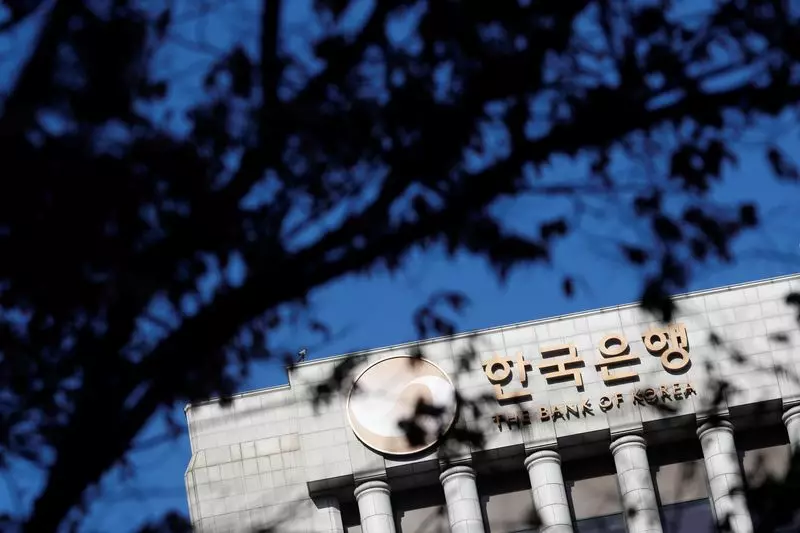On Thursday, South Korea’s central bank decided to maintain its interest rates at a 15-year high amidst concerns surrounding inflation and the country’s recent economic growth. Governor Rhee Chang-yong emphasized the need to keep policy restrictive at the current benchmark rate of 3.50%, citing sticky inflation rates and the unexpected growth seen in the first quarter. Despite market expectations of potential interest rate cuts in the second half of the year, the central bank remains cautious about the timing of any such adjustments.
Following the impressive growth performance in the first quarter of the year, the Bank of Korea raised its growth forecast for 2022 to 2.5% from the initial projection of 2.1%. This adjustment comes after South Korea experienced its fastest economic expansion in two years. Despite this positive development, the central bank maintained its inflation outlook at 2.6% for the year, indicating a level of stability in the face of increased growth.
In response to the central bank’s decision to keep inflation forecasts unchanged, South Korea’s policy-sensitive three-year treasury bond futures saw an increase, signaling market relief. Analysts, such as Ahn Jae-kyun from Shinhan Securities, are predicting a possible 25 basis-point rate cut in the fourth quarter as expectations for policy adjustments in the latter part of the year persist. The Bank of Korea’s tightening cycle, which began in mid-2021, has led to a cumulative rise of 300 basis points in the policy interest rate to the current 3.50%.
As with many other countries, South Korea is closely monitoring the ongoing debate surrounding the Federal Reserve’s interest rate policies, as any changes in the U.S. could impact the country’s inflation dynamics. Despite a slight easing in April headline inflation data to 2.9%, South Korea’s inflation rate remains above the central bank’s target of 2%. Analysts’ median forecasts suggest that the benchmark interest rate will likely remain unchanged throughout the third quarter before a potential 50 basis-point cut later in the year.
In a recent survey conducted in April, analysts generally predicted 25 basis-point rate cuts in both the third and fourth quarters of the year. However, some experts have revised their expectations following the robust GDP data, pushing back the timeline for potential rate adjustments. The consensus among analysts points to a cautious approach by the central bank, balancing economic growth objectives with inflationary concerns.
South Korea’s monetary policy outlook remains uncertain as the central bank navigates between the need for economic growth and the challenges posed by inflationary pressures. While market expectations hint at possible interest rate cuts in the latter part of the year, the Bank of Korea’s cautious approach suggests that any adjustments will be carefully timed and coordinated with broader economic trends. As global economic conditions continue to evolve, South Korea’s monetary policy decisions will play a crucial role in shaping the country’s economic future.

